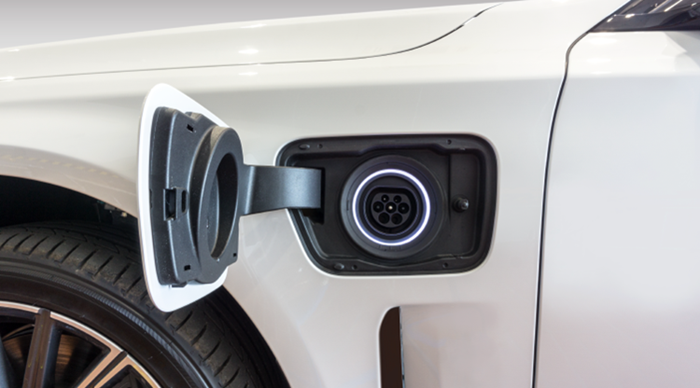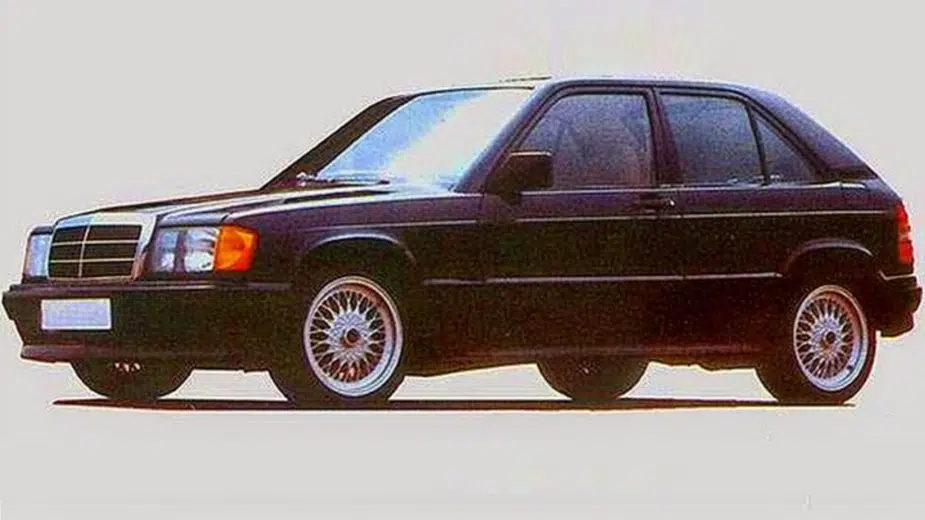AUTONEWS

AI becomes essential to put the ion-fluoride battery on an equal footing with the lithium battery
Fluoride-ion batteries have positioned themselves as another alternative to lithium-ion batteries, potentially offering more energy density, much more autonomy and lower cost, although they suffer from the same problem as solid-state batteries: they cannot yet be manufactured in pasta.
But thanks to Artificial Intelligence, a group of scientists has conceived a method to investigate the innards of this technology and be able to exploit it as it deserves to rival lithium.
As explained by Chemistry World, a team of scientists at the University of North Carolina in the US has developed a machine learning method using supercomputers that can quickly and accurately determine how easily fluorine ions move in any known fluorine. .
This is an essential point as many materials are not known to conduct fluorine ions, a vital requirement as it is the movement of these ions that allows these batteries to be charged and discharged.
Initially, the team used a common calculation method to sift through a database of 140,000 known materials, narrowing it down to 10,000 fluoride-containing candidates.
“What's really cool is that a lot of the materials seem to be better conductors than what's used in lithium-ion batteries,” explains Scott Warren, one of the researchers.
One such material is a fluorine-containing zinc-titanium compound, a material that is “extremely inexpensive, has excellent fluorine conduction properties and should hold particular promise as an electrolyte for a fluorine ion battery,” he says.
Experts point out that machine learning could also be the gateway to solid-state batteries, as it would allow the scientific community to focus its efforts first on computationally selected compositions and thus speed up the process of discovering stable materials and which could be synthesized.
Fluorine ions are light, small and very stable in theory, plus fluorine is cheaper than cobalt and lithium.
Brands like Toyota have developed a prototype battery that uses a negatively charged anode, or electrode, made of fluorine, copper and cobalt, and a positively charged cathode made of lanthanum with a theoretical energy density higher than that of lithium ions.
Mundoquatrorodas

Nenhum comentário:
Postar um comentário